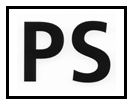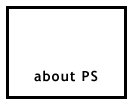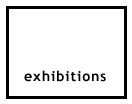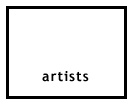RADICAL POSITIONS
Charlotte Posenenske , Frauke Dannert, Gerold Miller, John Nixon, Michelle Grabner, Steven Parrino.
26 January - 22 February 2020
This show is based around radical positions and shows one work by each artist as a prototype for a position.
Charlotte Posenenske (1930-1985)
Posenenske worked with different media, and became more and more abstract during the 60s of the 20th century. Where other artists from that time worked with multiples, a certain number of editions of a work, Posenenske worked with series, with an indefinite number of editions. Posenenske rejected the commercial art market and offered her work at the cost of materials. Reconstructions are not seen as counterfeit. The unsigned original can only be recognized by the certificate of authenticity.
In 1968, Posenenske recorded the following statement in Art International magazine, in which she referred to the reproducibility of her work and her desire to make the concept and possession of the work accessible:
I make series
because I do not want to make individual pieces for individuals,
in order to have elements combinable within a system,
in order to make something that is repeatable, objective,
and because it is economical.
The series can be prototypes for mass production.
[...]
They are less and less recognizable as "works of art."
The objects are intended to represent anything other than what they are.
Posenenske stopped working as an artist in 1968 because she no longer believed that art could influence social interaction or draw attention to social inequality. She became a sociologist working until her death in 1985 as a specialist in the field of employment and industrial working methods. During this period she refused to visit exhibitions and did not participate in exhibitions.
Frauke Dannert (1979-)
Frauke Dannert studied at the Kunstakademie Münster and the Kunstakademie Düsseldorf in the class Thomas Grünfeld. From 2009 to 2011 she studied at Goldsmiths College in London. Frauke Dannert's central artistic medium is collage. Her work also includes installations, murals and photography. She lives and works in Cologne.
Gerold Miller (1960-)
Miller studied from 1984 to 1989 sculpture at the State Academy of Fine Arts Stuttgart with Jürgen Brodwolf. From 1989 to 1992 he received a studio scholarship from the state of Baden-Württemberg. In 1990 scholarships of the Kunststiftung Baden-Württemberg and the DAAD for Chicago followed. In 1991 he spent a working stay in Chicago and New York City. In 1994 he received a scholarship Cité Internationale des Arts Paris. Another work stay he spent in 1998 in Miedzynarodwe Sztuki in Pozna? (Poland). In 1999 he was artist in residence, Artspace Sydney. In 2001 he received the International Bodensee-Kulturpreis. Miller lives and works in Berlin.
John Nixon (1949-)
John Nixon is Australia’s most influential conceptual artist, exhibiting nationally and internationally since the mid-1970s. Nixon attended the National Gallery of Victoria Art School in Melbourne (1969-1970), establishing a reputation for his minimalist abstract paintings from the early 1970s.His interest resides in geometric abstraction’s origins in the work of Malevich and Russian Constructivism and its belief in art’s potential for spiritual revelation and social change. Nixon critiques such utopian ambitions through a commitment to the iconography of the circle, square and cross, rendering the repetition of these signs and symbols powerless. Indeed, he has personalised abstraction to his own ends, acknowledging the arbitrary nature of the meaning of art’s signs and symbols. After more than 35 years, Nixon’s contribution to Australian art resides in his important contribution to conceptual practice and representation of contemporary Australian art in Europe and America. Work is held in the collection of the National Gallery of Victoria, Melbourne.
Michelle Grabner (1962-)
Michelle Grabner is an artist, writer, and curator based in Wisconsin.She is the Crown Family Professor of Art at the School of the Art Institute of Chicago where she has taught for twenty-three years.Grabner received a B.F.A. (painting and drawing) in 1984 and an M.A. in art history in 1987 from the University of Wisconsin–Milwaukee. She received an M.F.A. from Northwestern University in 1990. She is the Crown Family Professor of Art at the School of the Art Institute of Chicago, where she has been teaching since 1996. In addition, Grabner has also held teaching appointments at The University of Wisconsin-Madison, Cranbrook Academy of Art, Yale Norfolk, Bard College's Milton Avery Graduate School of Arts, and Skowhegan School of Painting and Sculpture, Maine.Her work is in the collection of the Walker Art Center in Minneapolis, the Milwaukee Art Museum, the Museum of Contemporary Art, Chicago; DaimlerChrysler Collection, Berlin; Musée d'art moderne Grand-Duc Jean, Luxembourg; Smithsonian American Art Museum, Washington, DC; and the Victoria and Albert Museum, London.Grabner is represented by James Cohan Gallery in New York City; Green Gallery, Milwaukee; Gallery 16, San Francisco; Rocket Gallery, London; Upfor, Portland, Oregon; and Anne Mosseri-Marlio Galerie, Basel. The Indianapolis Museum of Art, MOCA Cleveland, Illinois State Galleries, and INOVA at University of Wisconsin-Milwaukee have each hosted survey exhibitions of Grabner’s work. Grabner co-curated the 2014 Whitney Museum Biennial and curated the 2016 Portland Biennial. She was the Artistic Director for the inaugural exhibition, FRONT International, the 2018 Cleveland Triennial for Contemporary Art.
Steven Parrino (1958–2005)
Steven Parrino was an American artist and musician associated with energetic punk nihilism. He is best known for creating big modernist monochrome paintings (his colors were limited to monochrome black (or black-and-white), orange, red, blue, and silver) that he violently slashed, torn or twisted off their stretchers. He died in a motorcycle traffic accident in Greenpoint, Brooklyn at the age of 46.
Parrino was born in New York City in 1958 and grew up on Long Island. The family was Albanian-Arbëreshë originally from Sicily. He earned an associate of applied science degree from SUNY Farmingdale in 1979 and a bachelor of fine arts degree from Parsons The New School for Design in 1982.
Parrino began producing art at the end of the 1970s, driven, as he said himself, by his ‘necrophiliac interest’ in painting, which at that time had been pronounced dead. As early as 1981 he detached the canvas from the stretcher in places to create rough, folded, cleft surfaces, thus achieving a literal deconstruction of painting.
Parrino first showed his paintings of deep-seated pessimism at Gallery Nature Morte, an East Village gallery, in 1984, when he emerged as part of a strain of postmodernism called Neo-Geo. Neo-Geo artists, including Peter Halley, Haim Steinbach, John Armleder and Olivier Mosset, mixed modernist abstraction with a more cynical form of Pop Art worldliness by adding references to commerce, design, music or the movies. Parrino called his mauled canvases “misshaped paintings,” in response to the shaped paintings of the sixties.
In addition to painting, Parrino exhibited painted environments that involved monochrome walls pounded with sledgehammers such as the 13 plaster panels painted black and smashed to pieces as a memorial to the Punk legend Joey Ramone called 13 Shattered Panels for Joey Ramone (2001). He also made films of the making of these environments along with sleek metal sculptures whose bent and folded elements related to his misshaped canvases. He also exhibited photographs of his desktop strewn with the newspaper stories, magazine spreads and music albums that often inspired him. Parrino used intentionally provocative subjects like abstract swastikas, rebel flags, and silhouettes of Russ Meyer starlets, Elvis Presley as rendered by Andy Warhol, the Hells Angels, Johnny Cash, and other works by Andy Warhol. His work has been called "mannered, Romantic, formulaic, conceptualist-formalist heavy-metal boy-art abstraction" by the art critic Jerry Saltz.
Parrino also played electric guitar in several downtown bands, most recently Electrophilia, a two-person group he formed with the painter and keyboardist Jutta Koether.
In 1999, a CD titled Electrophilia – Live France 1999 was released by the Consortium in Dijon, France. It is a live recording from two noise music concerts that Parrino gave: one at La Chapelle, École Nationale des Beaux-Arts in Bourges on March 24, 1999 and the other at the Consortium in Dijon on March 26, 1999. Also a LP of his audio work was released in 2002 titled Steven Parrino - Electrophilia / Shock Wave Troop (2002) that had three pieces on it: Helen Fordsdale, Eulogy For Dead Jerks and Shock Wave Troop. It is a 10-inch LP that was released in an edition of 400 by Circuit in Lausanne, Switzerland.
Several videos document Parrino as a performer and the central role played by music in his life and work. In a noise music work titled Guitar Grind (1995), he rubbed his bass up against a guitar, causing the two instruments to scream through the amplifiers.
Parrino did the cover art for Tellus Audio Cassette Magazine #20 titled Media Myth (1988), for The Melvins LP It Tastes Better Than the Truth (2003) and for Thurston Moore's CD Demolished Thoughts (2011).
Opening: 26 January 16 – 18 hrs. |
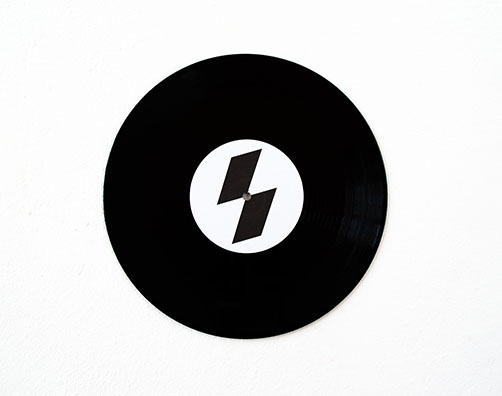
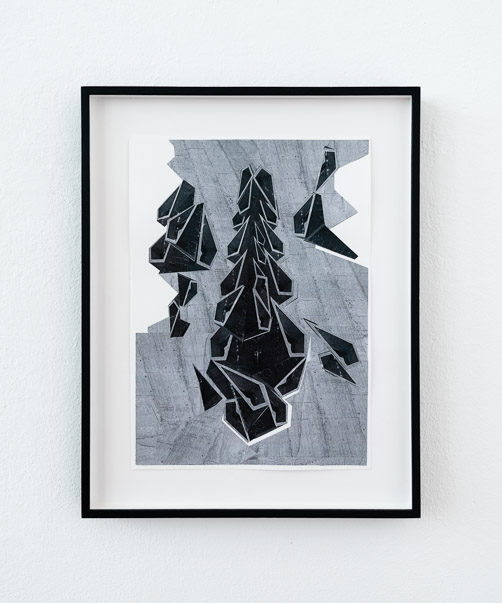
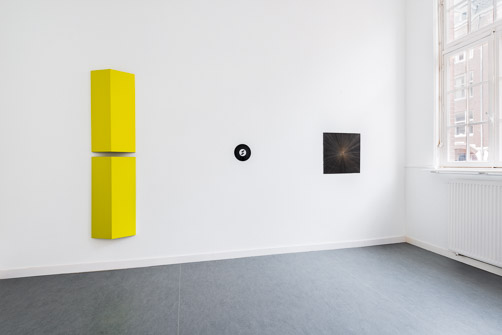
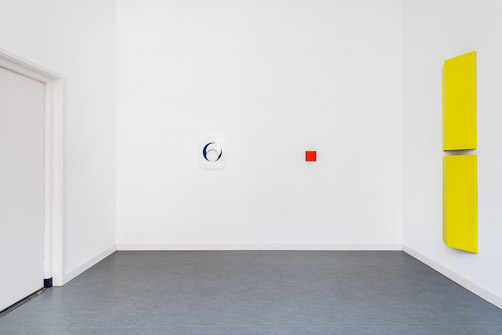
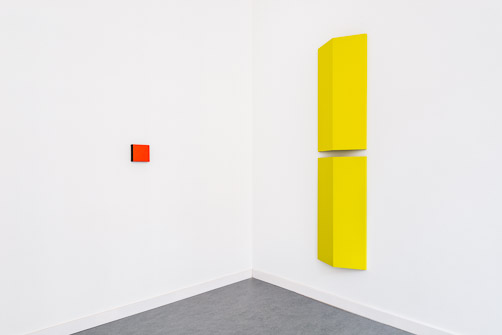
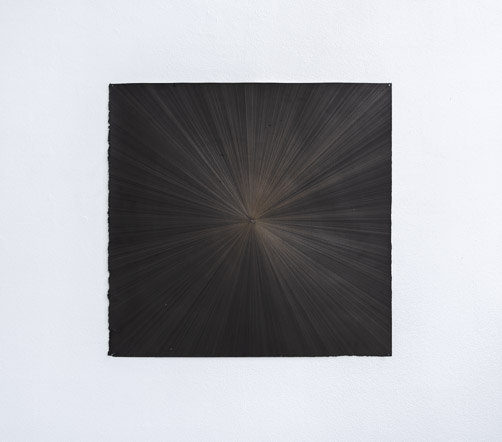
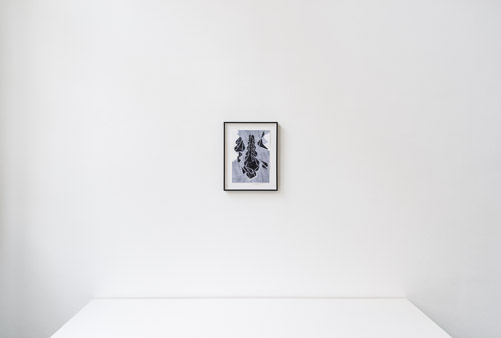
|
